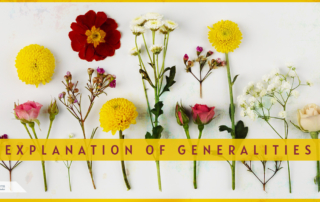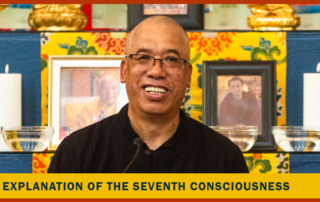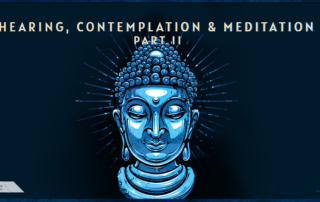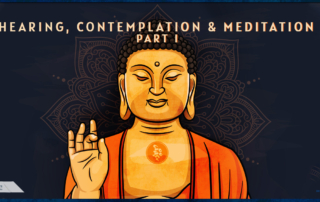Explanation Of Generalities
This excerpt is copyrighted material, please do not use or copy without written permission from Nitartha Publications. This course completes the introductory exposition of topics drawn from the Pramāna and Abhidhama traditions, based on the Classifications of Mind and Collected Topics root text. It provides students with the tools for delineating conceptual and non-conceptual mind in meditation, known as the essential modes of engagement of mind. This is followed by the exposition of Buddhist psychology —classification of consciousness into primary minds and mental events. EXPLANATION OF GENERALITIES Acharya Lama Tenpa Gyaltsen Some of the definitions in the Lorik differ from the definitions given in the Collected









